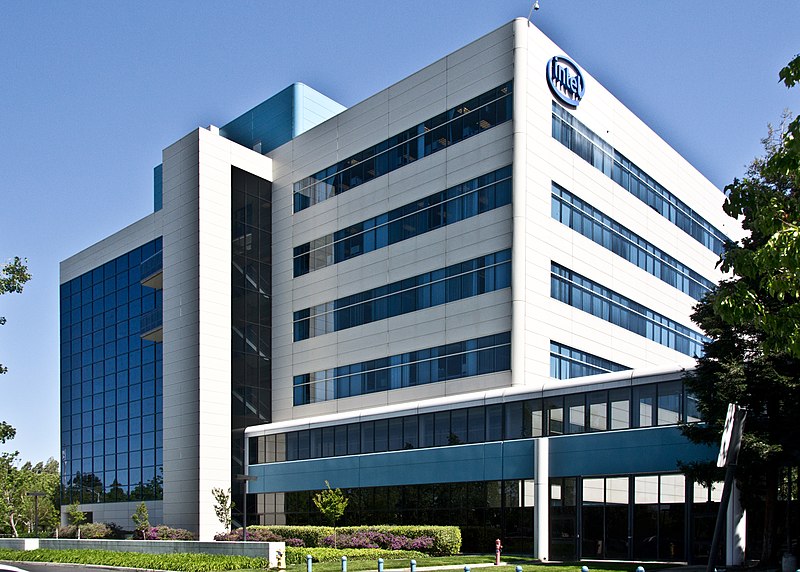Chandler, Arizona, 13 October 2025 — Intel has officially started producing chips on its 18A process node at the company’s new Fab 52 facility in Arizona, marking the first time a two‑nanometer‑class semiconductor has been manufactured at scale on U.S. soil. The development is seen as a critical milestone in Washington’s push to restore domestic leadership in advanced chipmaking.
A New Era for U.S. Manufacturing
The new processors, led by the Core Ultra Series 3 “Panther Lake” for consumer PCs and the Xeon 6+ “Clearwater Forest” for data centers, are the first products built on Intel’s 18A technology. The process introduces RibbonFET transistors and PowerVia backside power delivery, innovations that deliver up to 15% better performance per watt and 30% higher chip density compared to Intel’s previous generation.
Intel says Panther Lake will begin shipping to device makers before the end of 2025, with laptops and AI‑enabled PCs featuring the chip expected to reach the market in early 2026. Clearwater Forest, aimed at hyperscale data centers and cloud providers, is scheduled for launch in the first half of 2026.
Strategic and Economic Stakes
The Arizona expansion is part of Intel’s $100 billion U.S. investment plan, supported by government funding under the CHIPS and Science Act and private backing from partners including Nvidia, SoftBank, and the U.S. government itself, which holds a minority equity stake.
The move comes as the U.S. seeks to reduce dependence on Taiwan Semiconductor Manufacturing Company (TSMC) and Samsung, which currently dominate global production of cutting‑edge chips. Intel’s success in scaling 18A production is viewed as a test of whether advanced semiconductor manufacturing can be sustainably reshored to the United States.
Industry Impact
Analysts note that Intel’s turnaround hinges on the commercial success of its new chips. The Panther Lake processors are designed to power AI‑driven PCs, gaming devices, and edge applications, while Clearwater Forest targets energy‑efficient server performance. Together, they are intended to re‑establish Intel as a leader in both consumer and enterprise markets.
Intel CEO Lip‑Bu Tan described the launch as a defining moment: “We are entering an exciting new era of computing, made possible by great leaps forward in semiconductor technology that will shape the future for decades to come.”
Outlook
The Arizona production ramp signals progress in Intel’s comeback strategy after years of delays and market share losses to rivals. If successful, it could reposition the U.S. as a global hub for advanced chipmaking, strengthen supply chain resilience, and provide a competitive alternative to Asian foundries.
For now, the industry will be watching closely as Intel’s 18A chips move from factory lines to consumer devices and data centers, testing whether America’s semiconductor revival can match its ambition.
Sources: Intel corporate announcements; Business Standard; Inside HPC; Silicon Republic; TechReviewer.



